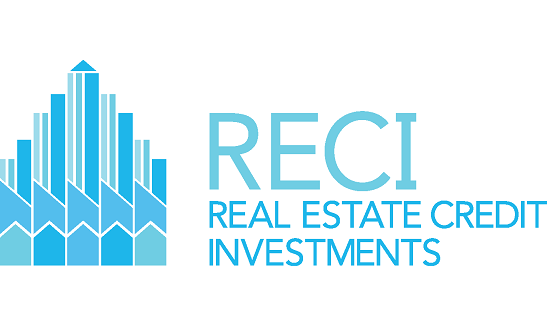As traditional asset classes sway with ongoing volatility, commercial real estate is quietly regaining ground and positioning itself for renewed investor attention. A combination of falling valuations, steady fundamentals, and macroeconomic tailwinds is fuelling a compelling recovery narrative for this often-overlooked sector.
The first half of 2025 has brought another wave of uncertainty across global markets, with equities and bonds posting erratic performance amid geopolitical tension and monetary policy recalibration. Yet beneath the surface turbulence, commercial real estate is proving resilient. Occupancy rates have remained stable, rental incomes continue to generate reliable cash flows, and the pace of new construction is easing, bringing healthier supply-demand dynamics to many key markets.
A notable shift is occurring in asset pricing across the real estate landscape. With certain property segments experiencing price corrections of 20% or more, valuations have reset to more attractive entry points. For investors seeking long-term yield and capital preservation, this reset is opening a fresh window of opportunity. These more favourable price points make commercial property particularly competitive against equities, which remain richly priced by comparison.
As equity markets recover from prior corrections, the denominator effect, a distortion that once pushed institutional capital away from real estate, is beginning to fade. With portfolio weightings rebalancing and confidence gradually returning, capital flows into CRE are expected to strengthen through the remainder of the year.
Going forward, returns will likely hinge on net operating income rather than aggressive cap rate compression. This heightens the importance of asset selection and local market knowledge. Investors who conduct thorough due diligence and focus on quality, location, and tenant mix will be best placed to outperform. Not all sectors will recover equally, but those aligned with economic growth trends, such as logistics, life sciences, and multifamily residential, are showing particular promise.
There’s a broader economic case building in support of CRE. Anticipated pro-business reforms, including tax legislation and potential easing in trade tensions, could support GDP growth and bolster demand for commercial space. Additionally, interest rates are expected to remain relatively steady, providing a supportive backdrop for property valuations and leveraged investments.
Liquidity remains a critical factor in CRE investment decisions. Fortunately, there are signs that capital markets are adjusting to the new pricing environment. Lenders are re-engaging, particularly for lower-leverage, higher-quality deals. This renewed alignment between buyer and seller expectations is a positive sign that transaction volumes may accelerate in the second half of the year.
Investors who are nimble, disciplined, and focused on fundamentals are likely to find 2025 a fertile year for commercial real estate. With valuations more attractive, income streams steady, and broader market sentiment turning cautiously optimistic, the conditions are aligning for a strategic re-entry into this essential asset class.
Real Estate Credit Investments Limited (LON:RECI) is a closed-end investment company that specialises in European real estate credit markets. Their primary objective is to provide attractive and stable returns to their shareholders, mainly in the form of quarterly dividends, by exposing them to a diversified portfolio of real estate credit investments.







































